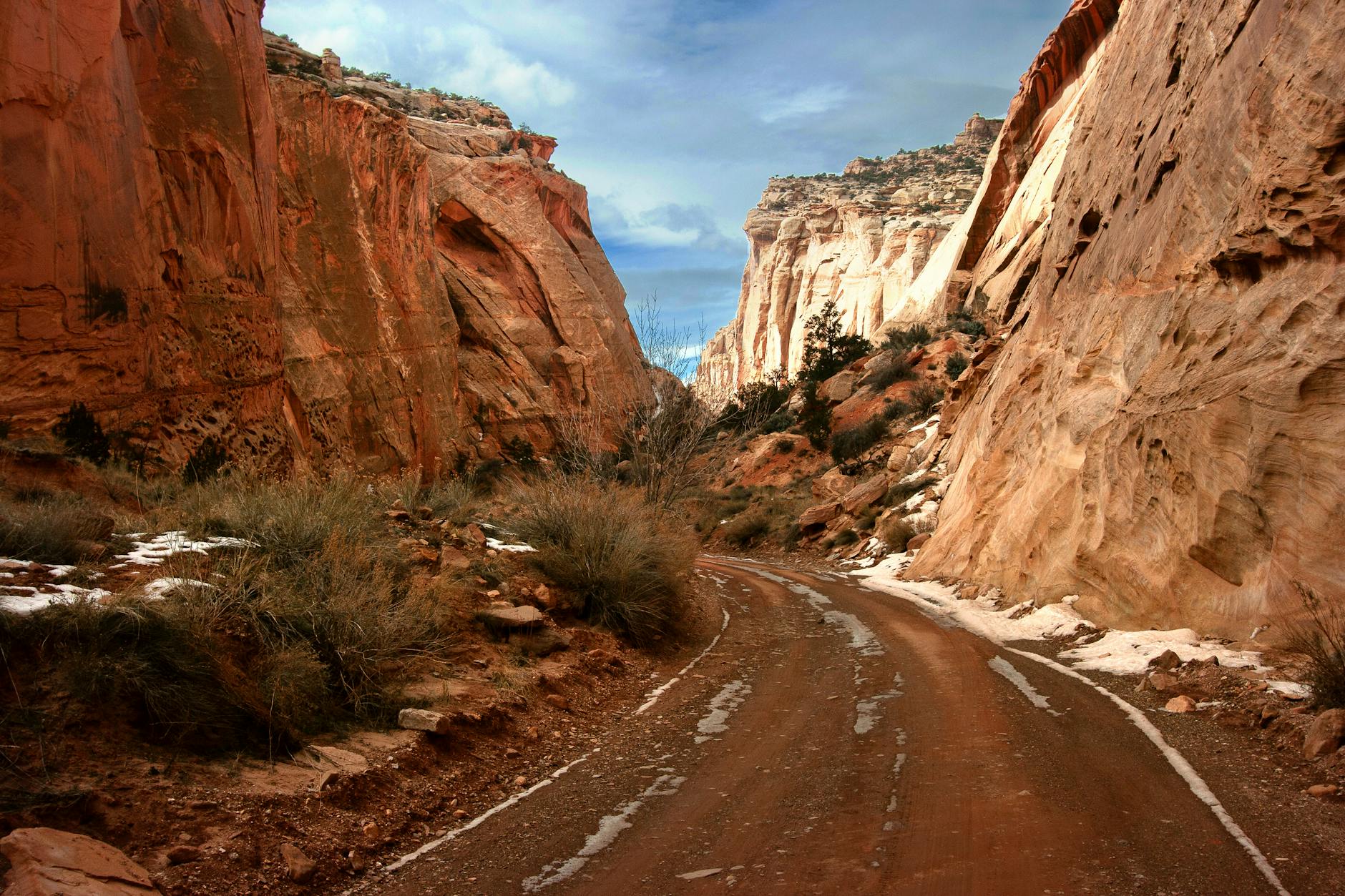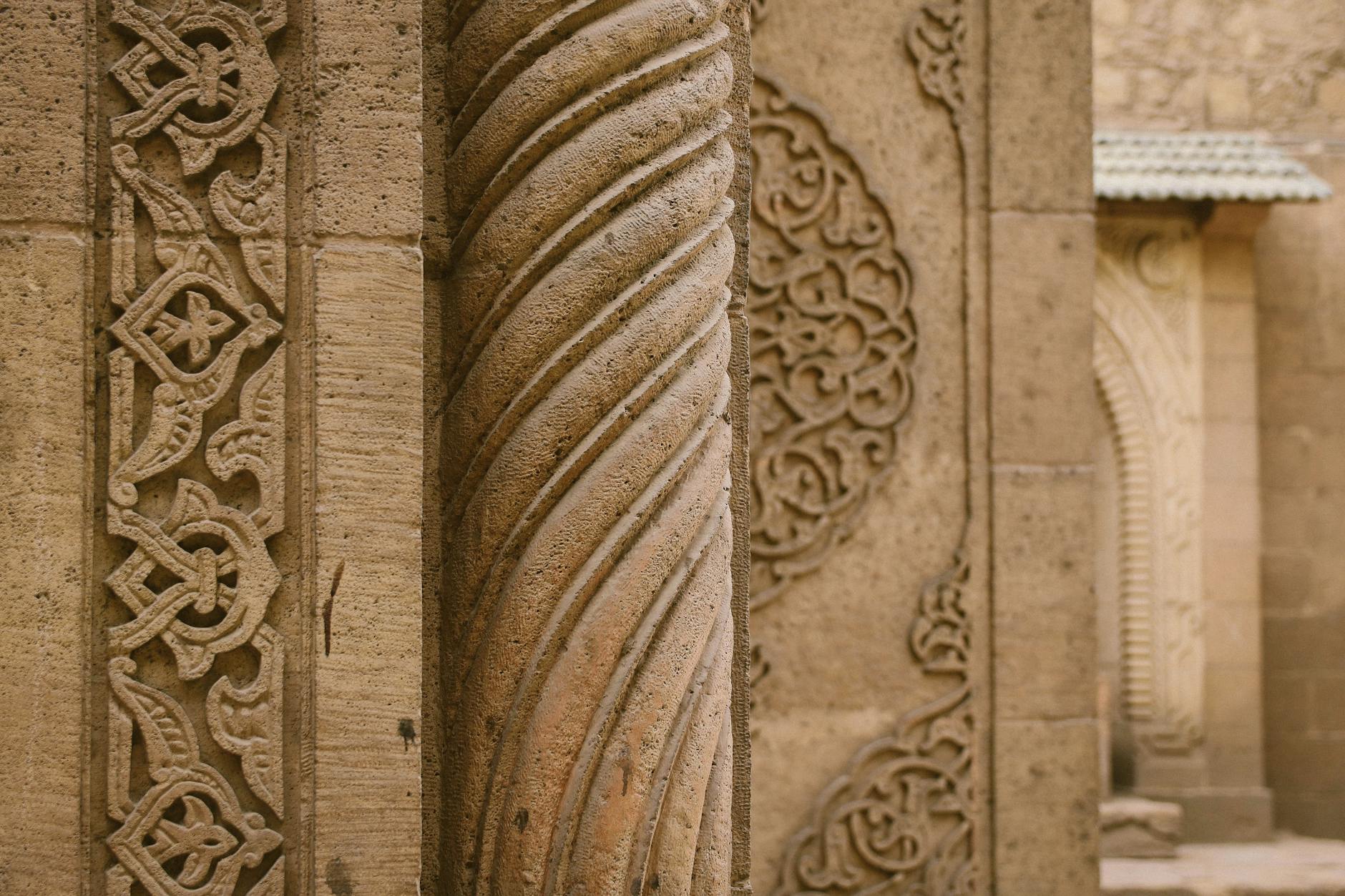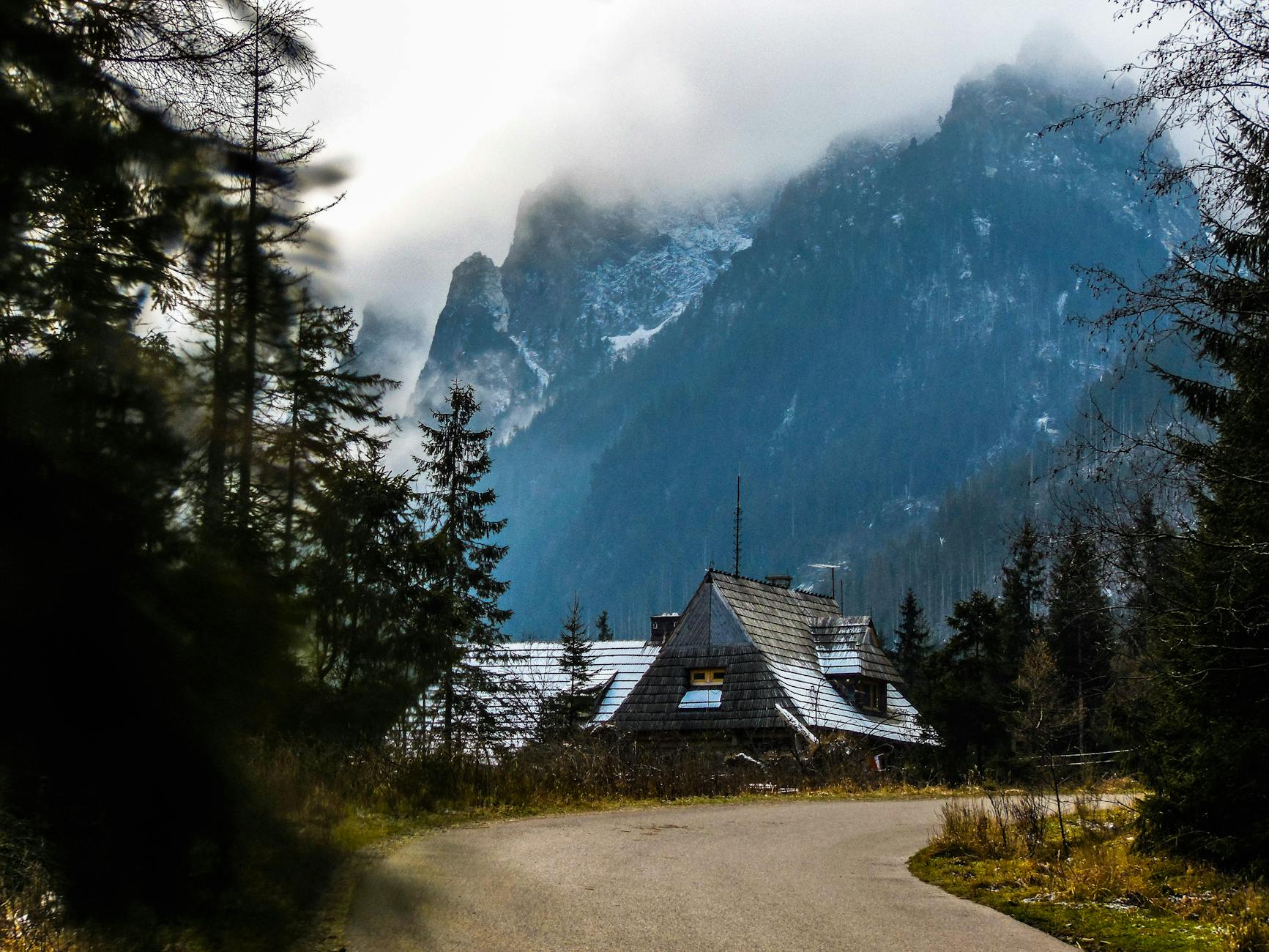How to Capture the Unique Biodiversity of Australia Through Your Lens

Exploring Iconic Destinations
Every nature enthusiast knows there's nothing quite like exploring the iconic destinations that merge scenic beauty with rich biodiversity. My adventures have taken me from the captivating landscapes of Central America to the frosty realms of Antarctica. Each place offers its own allure, much like the charming Royal Botanic Gardens right here in Melbourne. It's hard not to feel a deep connection to nature in such places.
Travelling to Chile and Peru during my South America travel adventures was an eye-opener. Beyond the awe-inspiring Andes and vibrant cultures, I was captivated by the diverse ecosystems that thrive even in harsh conditions. From trekking through lush cloud forests in search of the elusive jaguar to standing at the edge of the Atacama Desert under a starlit sky, these experiences broadened my ecological understanding and ignited a passion for conservation.
Similarly, my Antarctica travel was nothing short of transformative. Witnessing majestic icebergs and bustling penguin colonies was a stark reminder of the delicate balance within our Earth's most remote regions. It's trips like these that continuously fuel my dedication to preserving our planet's natural wonders.
Closer to home, there are countless opportunities to witness incredible wildlife and landscapes. I think of central america tours—one's heart can't help but race at the thought of exploring its vibrant jungles and pristine beaches, much like the excitement of hearing a lyrebird's song echoing through the Healesville Sanctuary. These destinations, whether near or far, allow us to be a part of something extraordinary, fostering both our curiosity and commitment to the natural world.
Essential Gear for Wildlife Photography
Choosing the Right Camera
Selecting the perfect camera for wildlife photography is akin to choosing a companion for your journey through the remarkable tapestry of nature. I've personally discovered that a camera equipped with a robust sensor, quick burst mode, and weather resistance are essential components for capturing the vibrant ecosystems found in places like Healesville Sanctuary. Whether you're documenting the expansive Africa tours or the serene allure of arctic cruises, a high-speed focus and low-light capabilities are vital to capturing fleeting moments in the wild.
Must-Have Lenses
Your choice of lens can transform how you capture the interactions and patterns within the natural world. I often pack a versatile telephoto lens, which allows me to photograph subjects from a respectful distance without disturbing their habitat. This approach is particularly beneficial when trying to capture the elusive creatures along the Australian coastline or the bustling life within Healesville Sanctuary. A macro lens is another essential tool, offering a detailed exploration of the tiny, often overlooked species that contribute to biodiversity.
Accessories for Optimal Shots
Beyond cameras and lenses, the right accessories can elevate your photographic experience. Tripods are invaluable for stabilizing shots, crucial for panorama scenes or shooting in low light. A sturdy camera bag, a lens cleaning kit, and spare memory cards ensure that unexpected wildlife encounters are never missed. These items have been my trusty accomplices in locations like the Great Ocean Road, where landscapes shift in the blink of an eye, offering new perspectives and beautiful photographic opportunities.
Techniques for Capturing Unique Species
Mastering Light and Shadow
Photography in natural settings demands an understanding of light and shadow, especially when I recall mornings spent at Healesville Sanctuary, patiently observing creatures as the first light dances through verdant canopies. Position yourself to utilize natural light as it highlights the intricate details of your subject. Early morning or late afternoon, often called the golden hours, are excellent times to shoot, as they provide a soft, diffused light that brings out the colours and textures of the habitat, enhancing the visual story depicted through your lens.
Focusing on Patterns and Colors
Spotting and capturing the rich patterns and vibrant hues of wildlife is another art altogether. Whether it's the mesmerizing symmetry of a butterfly's wings or the intricate markings on a lizard, seeking out these details requires a sharp eye and the willingness to observe carefully. While I was on one of my Tanzania tours, I learned to anticipate moments when the unique flora and fauna would align with the backdrop, creating a captivating composition. Remember to play with framing and angles to highlight or contrast these natural designs.
Secrets to Timing and Patience
Every wildlife photographer knows the importance of timing—a skill honed over countless hours of patient observation. Capturing the decisive moment when an animal exhibits natural behaviors or when the sunlight perfectly illuminates a scene requires patience and readiness. I remember during one of my adventures, much like those South America holidays loved by nature aficionados, I waited relentlessly for the right moment to capture the vivid display of parrots into the frame. Patience indeed transforms photography from mere documentation to an art form that connects us deeply with nature.
Respectful Practices in Nature
Leave No Trace Principles
As a nature enthusiast with countless personal field experiences, I am constantly reminded of the importance of adhering to Leave No Trace principles. These guidelines not only protect the environment but also ensure that future generations can enjoy these natural wonders. When venturing into new landscapes, like those encountered on central American tours, it's crucial to leave everything as you found it. This includes packing out all rubbish, respecting wildlife by observing from a distance, and staying on designated trails to minimise soil erosion. By embracing these practices, we actively contribute to the conservation of the areas we cherish.
Engaging Locals for Guidance
Connecting with local communities provides invaluable insights into sustainable travel. During my travels, I've learned that locals possess a deep understanding of their environment, which can significantly enrich your experience. Whether you're exploring the vibrant biodiversity of Cuba travel or trekking through Australian bushland, tapping into local knowledge can offer guidance on the most environmentally-friendly ways to navigate these areas. Engaging with locals often leads to uncovering hidden gems, adding layers of cultural context and appreciation to your journey.
Understanding Wildlife Behavior
Understanding animal behaviour is integral to a respectful nature interaction. It’s something I came to value deeply while observing wildlife, such as at Healesville Sanctuary. Recognising signs of stress in animals or knowing when to maintain a suitable observation distance helps minimise human impact on natural habitats. Whether photographing the majestic flight of a bird or capturing the subtle movements of insects, respecting wildlife's space ensures their well-being and offers a more genuine glimpse into their world. These practices foster a deeper connection to nature and enrich each photographic adventure.
Common Pitfalls and Their Solutions
Misjudging Depth and Distance
From my ventures along the Great Ocean Road, I’ve learned that depth and distance can be deceptive, especially when the light dances across the serenity of vast landscapes. One crucial strategy I've adopted is using a rangefinder to measure distances, a practice that ensures my focus is as sharp as nature intended. It's also essential to practise with different focal lengths, which I’ve found particularly useful at the Royal Botanic Gardens in Melbourne, where the perspectives shift with every step.
Overlooking Details in Backgrounds
While capturing the vivid hues of native wildflowers, such as those flourishing at Healesville Sanctuary, it’s easy to dismiss what's happening behind your subject. Early on, I made the mistake of neglecting backgrounds, only to find that an unsightly element can rupture an otherwise perfect shot. Choosing wider apertures can help blur distractions, emphasizing the lovely subject instead. I now compose my shots with a discerning eye, always scrutinising the entire frame to ensure the background complements the scene.
Neglecting Local Laws and Etiquette
Respect for nature and local customs is vital. I recall a fellow nature enthusiast sharing a tale of inadvertently trespassing onto protected land. For an environmentalist, failing to acknowledge these regulations is not just risky but disrespectful. Stay informed about local biodiversity conservation laws and the unique etiquette observed in breathtaking spots across Australia. In our quest to conquer the art of nature photography, adhering to laws and respecting local heritage ensures our continued privilege to explore these remarkable landscapes.


